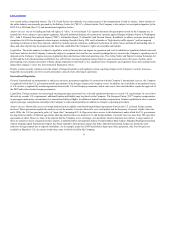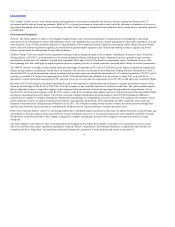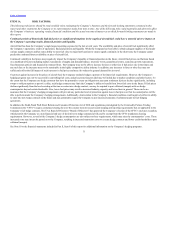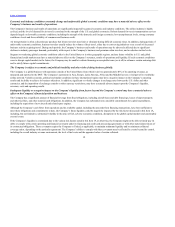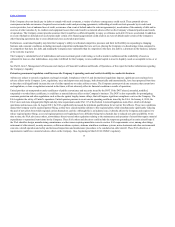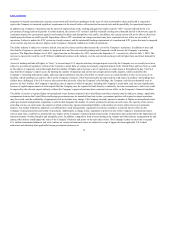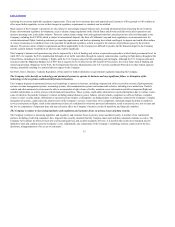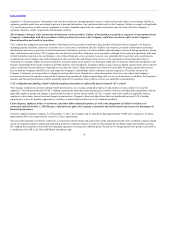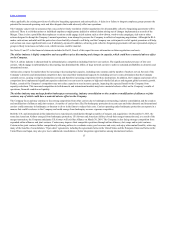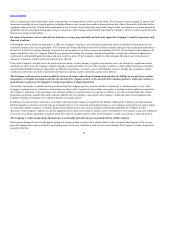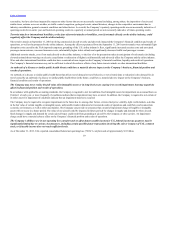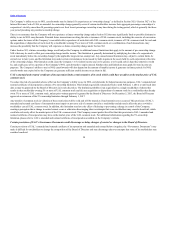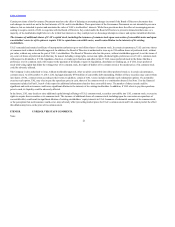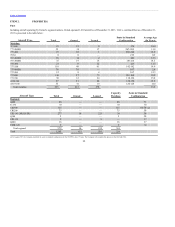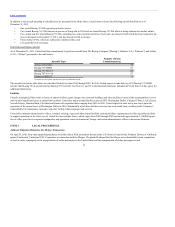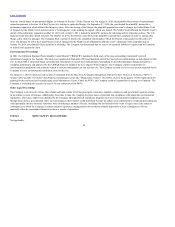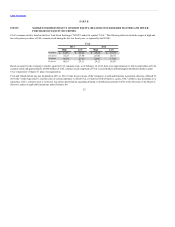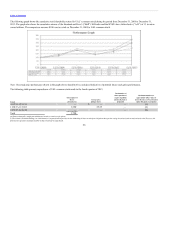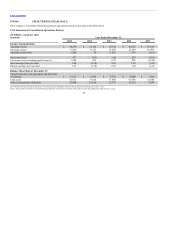United Airlines 2013 Annual Report Download - page 17
Download and view the complete annual report
Please find page 17 of the 2013 United Airlines annual report below. You can navigate through the pages in the report by either clicking on the pages listed below, or by using the keyword search tool below to find specific information within the annual report.
Table of Contents
where applicable, the existing provisions of collective bargaining agreements and union policies. A delay in or failure to integrate employee groups presents the
potential for increased operating costs and labor disputes that could adversely affect our operations.
The Company can provide no assurance that a successful or timely resolution of labor negotiations for all amendable collective bargaining agreements will be
achieved. There is a risk that unions or individual employees might pursue judicial or arbitral claims arising out of changes implemented as a result of the
Merger. There is also a possibility that employees or unions could engage in job actions such as slow-downs, work-to-rule campaigns, sick-outs or other
actions designed to disrupt the Company’s normal operations, in an attempt to pressure the Company in collective bargaining negotiations. Although the RLA
makes such actions unlawful until the parties have been lawfully released to self-help, and the Company can seek injunctive relief against premature self-help,
such actions can cause significant harm even if ultimately enjoined. In addition, achieving joint collective bargaining agreements with our represented employee
groups is likely to increase our labor costs, which increase could be material.
See Notes 15 and 17 to the financial statements included in Part II, Item 8 of this report for more information on labor negotiations and costs.
The airline industry is highly competitive and susceptible to price discounting and changes in capacity, which could have a material adverse effect
on the Company.
The U.S. airline industry is characterized by substantial price competition including from low-cost carriers. The significant market presence of low-cost
carriers, which engage in substantial price discounting, has diminished the ability of large network carriers to achieve sustained profitability on domestic and
international routes.
Airlines also compete for market share by increasing or decreasing their capacity, including route systems and the number of markets served. Several of the
Company’s domestic and international competitors have increased their international capacity by including service to some destinations that the Company
currently serves, causing overlap in destinations served and therefore increasing competition for those destinations. In addition, the Company and certain of its
competitors have implemented significant capacity reductions in recent years in response to high and volatile fuel prices and stagnant global economic growth.
Further, certain of the Company’s competitors may not reduce capacity or may increase capacity, impacting the expected benefit to the Company from
capacity reductions. This increased competition in both domestic and international markets may have a material adverse effect on the Company’s results of
operations, financial condition or liquidity.
The airline industry may undergo further bankruptcy restructuring, industry consolidation or the creation or modification of alliances or joint
ventures, any of which could have a material adverse effect on the Company.
The Company faces and may continue to face strong competition from other carriers due to bankruptcy restructuring, industry consolidation and the creation
and modification of alliances and joint ventures. A number of carriers have filed for bankruptcy protection in recent years and other domestic and international
carriers could restructure in bankruptcy or threaten to do so in the future to reduce their costs. Carriers operating under bankruptcy protection can operate in a
manner that could be adverse to the Company and could emerge from bankruptcy as more vigorous competitors.
Both the U.S. and international airline industries have experienced consolidation through a number of mergers and acquisitions. On December 9, 2013, the
same date American Airlines emerged from bankruptcy protection, US Airways and American Airlines closed their merger transaction and, as a result of the
merger transaction, the Company anticipates US Airways will exit Star Alliance on March 30, 2014. The Company is also facing stronger competition from
expanded airline alliances and joint ventures. Carriers may improve their competitive positions through airline alliances, slot swaps and/or joint ventures.
Certain airline joint ventures further competition by allowing airlines to coordinate routes, pool revenues and costs, and enjoy other mutual benefits, achieving
many of the benefits of consolidation. “Open skies” agreements, including the agreements between the United States and the European Union and between the
United States and Japan, may also give rise to additional consolidation or better integration opportunities among international carriers.
17



